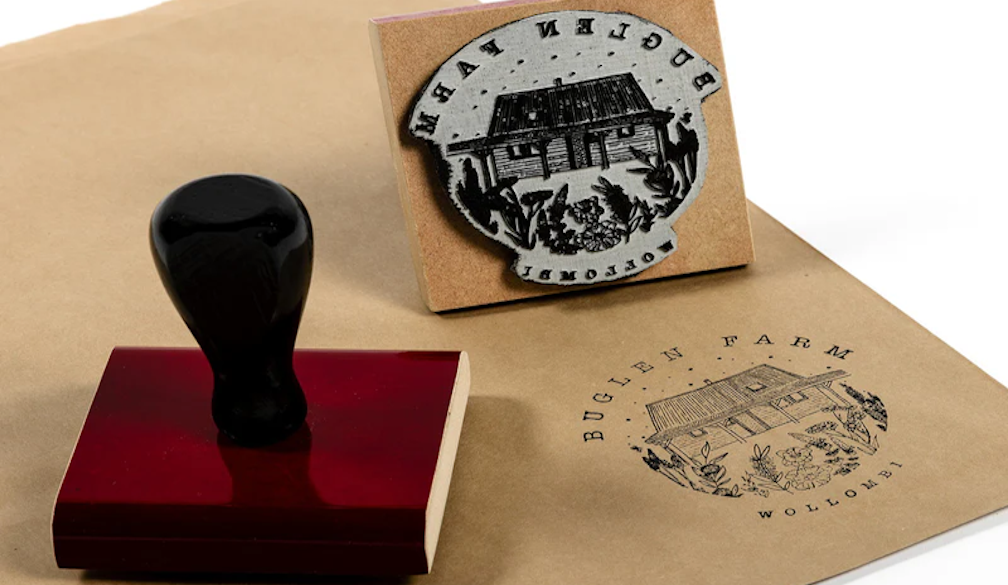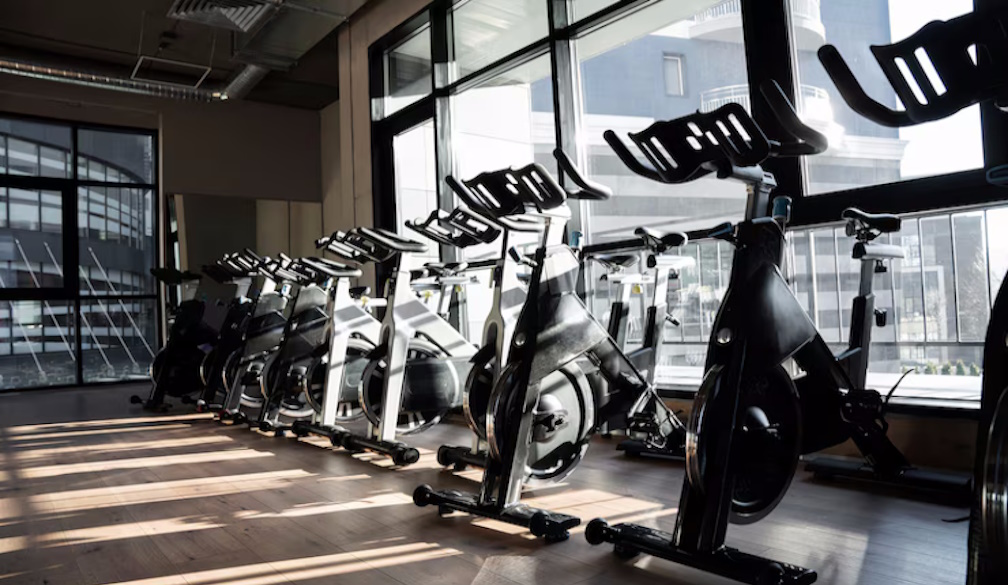
The supportive nature of construction equipment for hire or rental companies renders these businesses as partners to the entire construction industry and there isn’t a thread of doubt about their importance to manufacturers of heavy machines as demand drivers. These businesses were initially managed by individuals who owned a few excavators or skid steers among others and would rent out these machines for small projects as a supplement income.
However, over the last few decades, the equipment rental business has grown significantly as more and more larger construction companies seek out the services of construction excavator equipment rental companies to enhance their business performance both physically and financially. The fact that these companies eliminate logistics that are associated with heavy machines and lower the cost of projects significantly has resulted in such companies becoming a component of the construction, agriculture and mining industry permanently.
Most of these companies own large fleets consisting of the latest heavy machine models that are maintained optimally and are able to provide drop off and pick up services to just about anywhere upon request by project managers. The fact that these rental companies are also able to provide 30 to 60 days credit terms to established construction companies is also seen as a positive element towards cash flow factors.
Furthermore, the fact that most heavy construction machines are off-road and not allowed on commercial highways and trunk roads, they require to be transported by other vehicles, by hiring machines such as skid steers and excavators, this need is eliminated which further reduces the pressure on the capital structure of the construction company.
By taking excavators, tractors, dozers, cranes, skid steers or mini dumpers on hire, construction companies will have the option to choose the perfect machine each time, meaning they will not just be getting the latest models that sport the latest technologies, they also get to choose the type of machine (tractor, crane, mini excavator, standard excavator, skid steer, mini dumpers) which would serve them best.
Purchasing all of the above-mentioned machines and using them sparingly basically means that the funds that are used to purchase them are left idling and not earning revenue when they are in storage. This scenario has a profound impact on the ROA (Return on Assets) of a company and has the potential to downgrade the company’s balance sheet and render the business less appealing or less healthy from a financial perspective to investors and financial institutions.
Outsourcing heavy machines has been found to be an effective business strategy that enhances the financial performance of a company significantly. However, it is crucial that when hiring, the use of the machines is maximised as otherwise the entire strategy of lowering cost and maximising profit would fail.
Therefore, during the project planning phase, it becomes crucial for project managers to outline a schedule for the hiring of such machines meticulously with regards to the type of machine, duration of use, buffers, operators, identifying the hydraulic attachments (which are also available for hire), material coordination and other elements that are directly associated with the heavy equipment that is taken on hire.
Planning the project in such a way that the machines are used in sequence would result in even more savings as renting the equipment for longer periods is cheaper than renting them for short periods of time.
However, the option to rent, must only be followed through based on the balance between the frequency of use, rental cost and purchasing cost, whichever offers the lowest cost is in fact the right decision for any given construction project.














